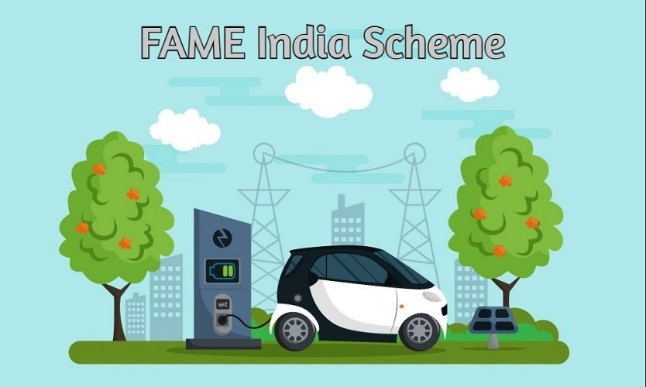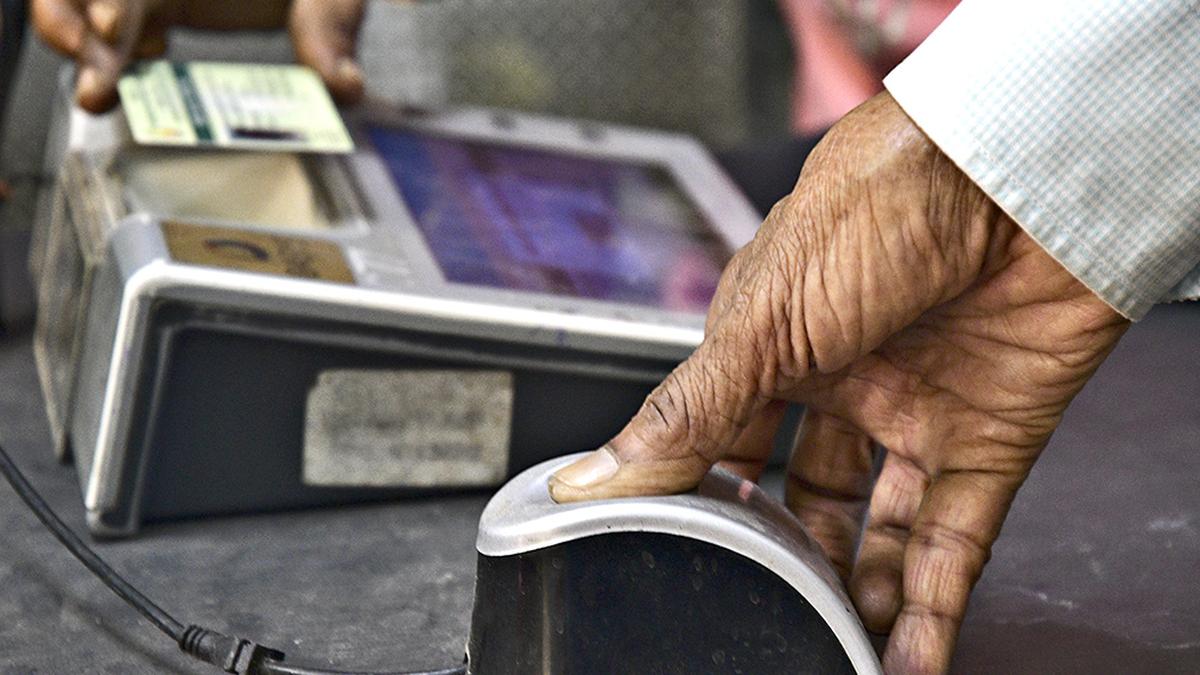Description

Disclaimer: Copyright infringement not intended.
Context
- The Indian government is considering pulling the plug on its Rs 10,000-crore Faster Adoption and Manufacturing of Electric Vehicles (EV) in India or FAME-II scheme after the next financial year.
Background: Brief History of the FAME Scheme
Launch and Umbrella Mission
- The Faster Adoption and Manufacturing of Electric Vehicles (FAME) scheme was launched in April 2015 under the National Electric Mobility Mission.
Aim
- To encourage electric and hybrid vehicle purchases by providing subsidies.
- FAME or Faster Adoption and Manufacturing of Electric Vehicles was conceived by the government of India to narrow the gap between prices of traditional internal combustion (petrol, diesel) vehicles and electric vehicles – cars, scooters and three-wheelers, hybrids included.
What are the Objectives of Fame India Scheme?
- This scheme encourages electric vehicle manufacturers and related providers to manufacture a higher number of electric vehicles in the country.
- Its goal is to reduce vehicular emissions and air pollution levels within the country.
- This scheme also aims to establish an electric charging infrastructure.
- In addition, Fame India Scheme targets to convert 30% of total transportation into electric vehicles by the year 2030.
Pillars
- It has mainly focused on four aspects – demand creation, technology platform, pilot projects, and charging infrastructure.
- For demand creation, incentives have mainly been disbursed in the form of reduced purchase prices.
Phases
- Fame India Scheme operates in two phases. These are,
-
- Phase I: The first phase of Fame India Scheme started in 2015 and was functional till 31st March 2019.
- Phase II: The second phase of this scheme started in April 2019 and will continue till 31st March 2022.
Note:The Government has decided to further extend Fame India Scheme Phase II till 31st March 2024.
Features of Phase I of Fame India Scheme
- The concerned authorities implemented the first phase by focusing on four key areas. These are (a) Demand Creation, (b) Technology Platform, (c) Pilot Project and (d) Charging Infrastructure.
- The Government installed 427 charging stations during Phase I.
- The Government allotted ₹ 895 crores to cover the operations of Phase I. Here, nearly 2.8 lakh electric vehicles were supported with an amount of ₹ 359 crores.
Features of Phase II of Fame India Scheme
- The second phase of Fame India Scheme stresses on electrification of public transportation and shared transportation.
- This phase gets budgetary support of ₹ 10,000 crores.
- Through this scheme, the concerned department aims to provide incentives to various categories of vehicles. These are,
-
- Electric Two-wheelers: 10 lakh registered electric two-wheelers will get an incentive of ₹ 20,000 each.
- Electric Four-wheelers: 35,000 electric 4-wheelers with ex-factory price of ₹ 15 lakh will get an incentive of ₹ 1.5 lakh each.
- Hybrid Four-wheelers: Through this scheme, the Government will provide ₹ 13,000 - ₹ 20,000 as an incentive to hybrid 4-wheelers with ex-factory price of ₹ 15 lakh.
- e-rickshaws: 5 lakh e-rickshaws (each) can avail ₹ 50,000 as incentives.
- e-buses: Nearly 8000 e-buses with a maximum ex-factory price of ₹ 2 crores will receive an incentive of ₹ 50 lakh each.
- Under the second phase of Fame India Scheme, the Government is hopeful of establishing 2700 charging stations in metros, smart cities, hilly states, and million-plus cities across the country. The grid measurement will follow a 3 km x 3 km layout.
- The Government aims to cover highways as well and establish charging stations on both sides of the road with a gap of 25 km between two consecutive stations.

What are the Benefits of Fame India Scheme?
- Fame India scheme offers the following benefits:
- Issues related to environmental and fuel conservation will be significantly reduced.
- Vehicles from different segments will receive subsidy benefits accordingly.
- Citizens can avail themselves of eco-friendly public transportation.
- This scheme will allow individuals to reap the benefits of renewable energy sources through charging systems.
- The establishment of charging stations in close proximity further encourages individuals to opt for electric vehicles.
- To avail of the benefits offered under Fame India Scheme, applicants have to first be eligible for it. The following section covers the eligibility criteria for this scheme. Read along!
Who Is Eligible for Fame India Scheme?
- The benefits of Fame India scheme is available for the following individuals:
- Electric vehicle manufactures
- Electric vehicle infrastructure providers
- Now that you know the eligibility criteria of this scheme, let’s move on to learn about the application process.
Why is the government mulling scrapping the subsidy scheme?
- The change in the government’s stance comes after the Ministry of Heavy Industries, which administers FAME, launched an investigation into the alleged misappropriation of subsidies under the scheme by two-wheeler EV makers.
- Subsequently, the ministry halted the release of subsidies in some cases.
|
PRACTICE QUESTION
Q. Consider the following statements:
1. The Faster Adoption and Manufacturing of Electric Vehicles (FAME) scheme was launched in April 2015 under the National Electric Mobility Mission.
2. Fame India Scheme targets to convert 30% of total transportation into electric vehicles by the year 2030.
Which of the above statements is/are true?
(a) Only 1
(b) Only 2
(c) Both 1 and 2
(d) Neither 1 nor 2
Correct Answer: (c) Both 1 and 2
|
Array
(
[0] => daily-current-affairs/fame-ii-scheme
[1] => daily-current-affairs
[2] => fame-ii-scheme
)








